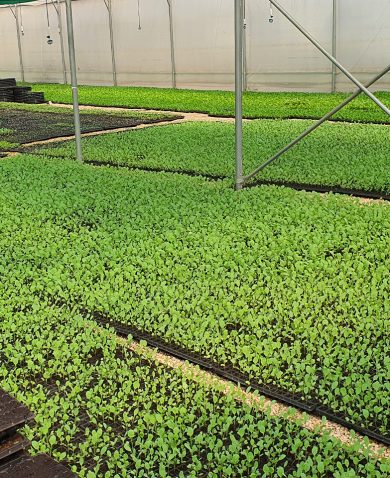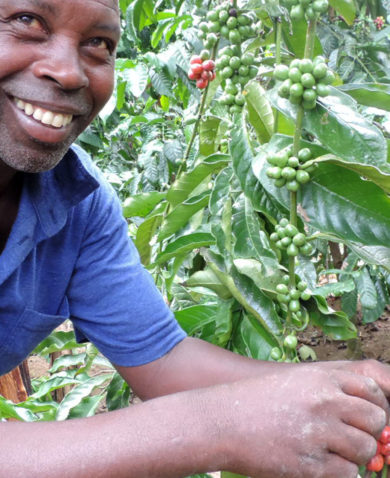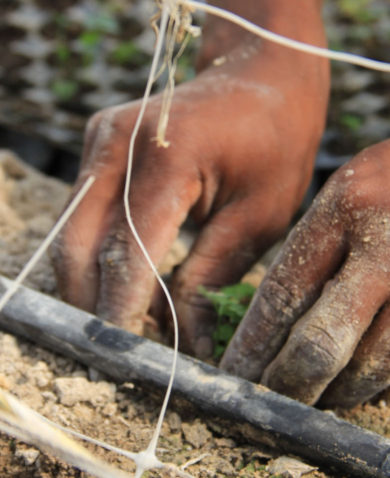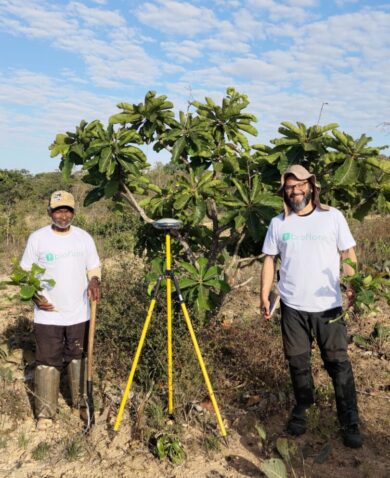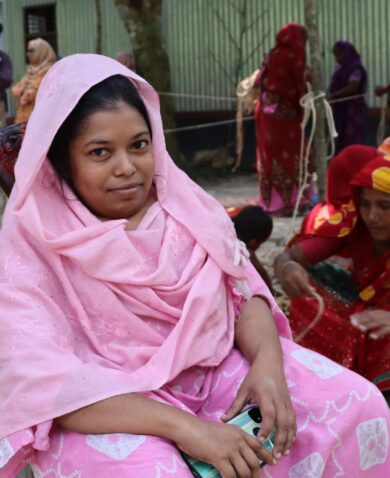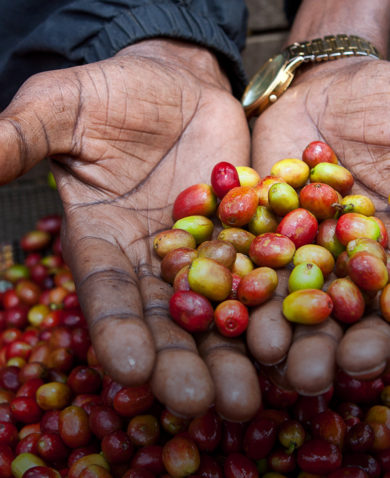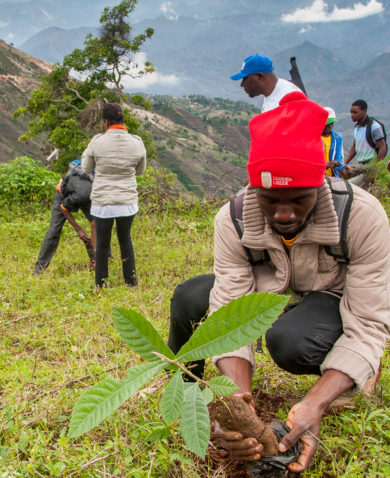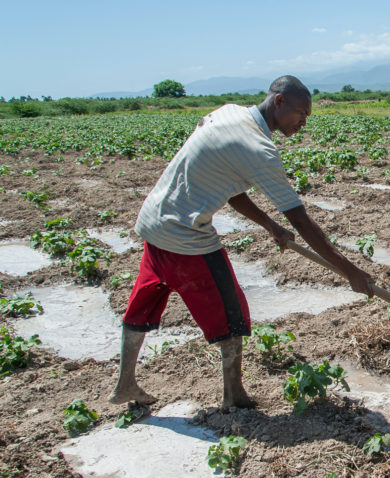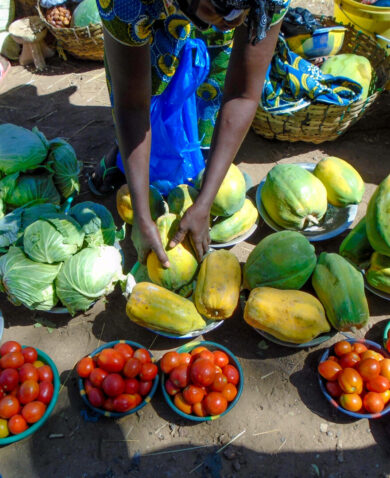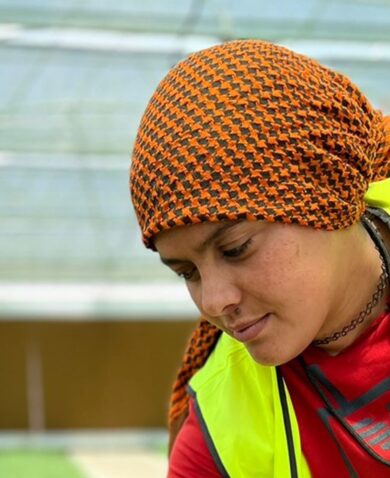A New Focus on Extension in Uganda
Recognizing this need, Uganda’s cabinet created a new government agency in July 2015, the Directorate of Agricultural Extension Services, tasked with creating a new national policy on extension. Staffed by a passionate team of agriculture and extension experts, the directorate immediately began working on the new policy. Two big challenges stood in their way.
The first challenge was to build consensus, a critical requirement, according to Patience Rwamigisa, commissioner for extension skills management. “One key finding of my Ph.D. work was that past extension reforms did not develop consensus, and as a result, stakeholders felt no sense of ownership and the policy was ignored,” said Mr. Rwamigisa.
The directorate was determined not to make the same mistake, and instead conducted extensive consultations with approximately 4,000 stakeholders from across Uganda, beginning in January 2016. To support these consultations, the directorate turned to the USAID-funded Feed the Future Enabling Environment for Agriculture (EEA) Activity, which provided funding and guidance.
Divide and Conquer
The second challenge was speed. In Uganda, like countless countries around the world, government policy usually moves slowly. “It can take years for policies to be developed,” said Ms. Byarugaba. But an agriculture policy that is stuck in bureaucratic limbo means millions of farmers denied critical resources, tools, and support to make their work easier. For the sake of Ugandan farmers, the directorate and the EEA Activity needed to move quickly.
To confront this challenge, the directorate and the EEA Activity took an innovative approach that they now promote as a best practice for policy development: developing the policy, implementation strategy, and other required documents simultaneously. The typical process would be to conduct stakeholder consultations, then develop the policy, then conduct the regulatory impact assessment, waiting for each step to be completed before beginning the next. Knowing this would take too long, the team decided to divide and conquer.
In tandem with the stakeholder consultations, a team led by the directorate drafted the national policy while an EEA consultant supported the drafting of the implementation strategy. This approach not only sped up the process, but also led to a more realistic and consensus-based policy because stakeholders were able to review drafts of the documents and give on-the-spot feedback during consultations.
Meanwhile, the EEA Activity could flag possible implementation issues and recommend revisions to the policy before it was finalized. Once complete drafts of the policy and strategy were ready, another EEA consultant moved quickly to complete the regulatory impact assessment and a third consultant created the budget, monitoring, and evaluation plan, enabling the directorate to make further tweaks to the draft policy and strategy based on these assessments.
Approximately one year after its formation — in record time — the directorate submitted the policy, strategy, and accompanying documents to the Ugandan cabinet secretariat. By October 2016, the cabinet had approved the National Agricultural Extension Policy and Strategy.
The pace is noteworthy. “The Extension Directorate in the Ministry of Agriculture has shown that we can work at speed,” remarked Joy Kabatsi, minister for animal industry. “I only hope that other directorates in the Ministry of Agriculture can learn from this directorate.”







